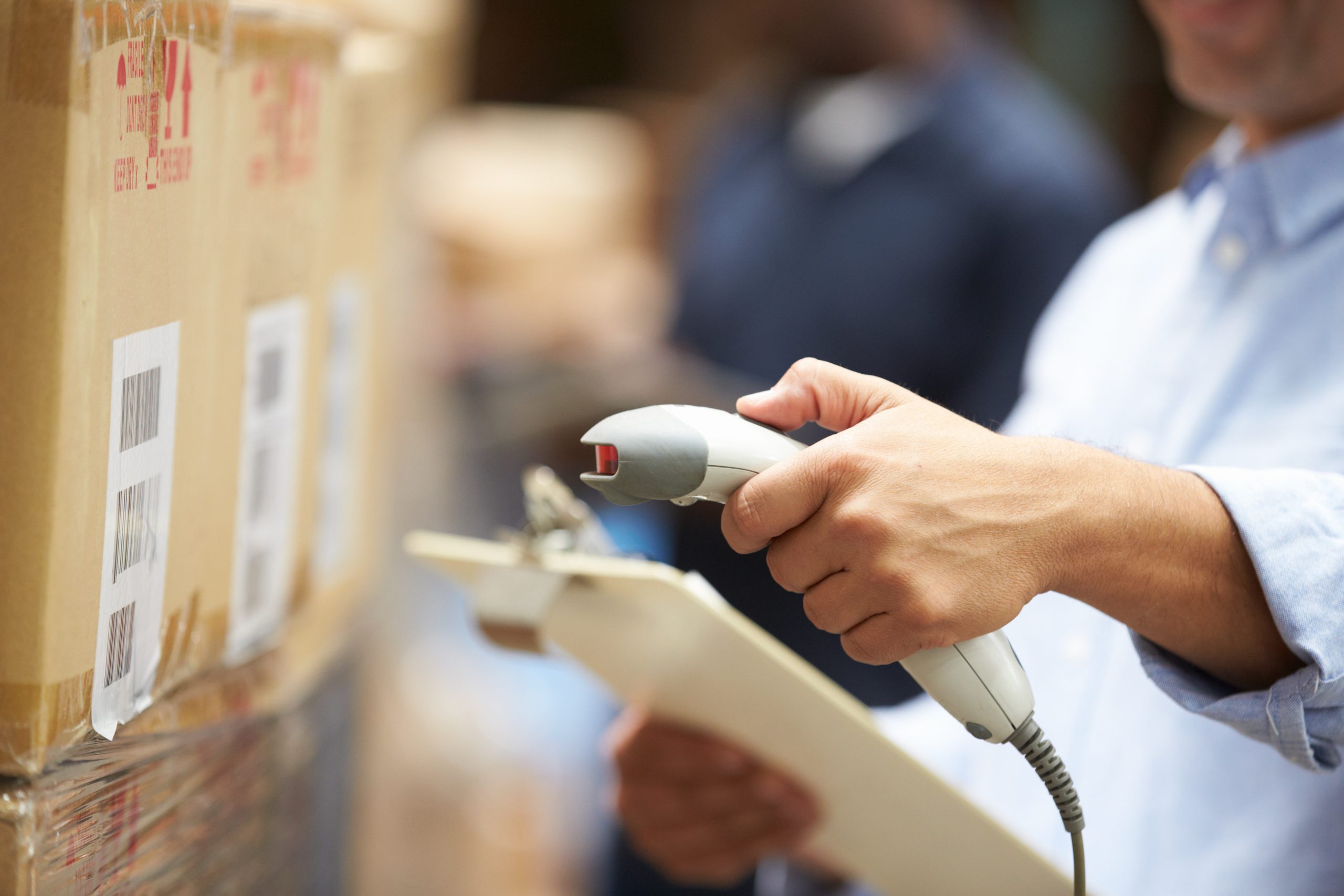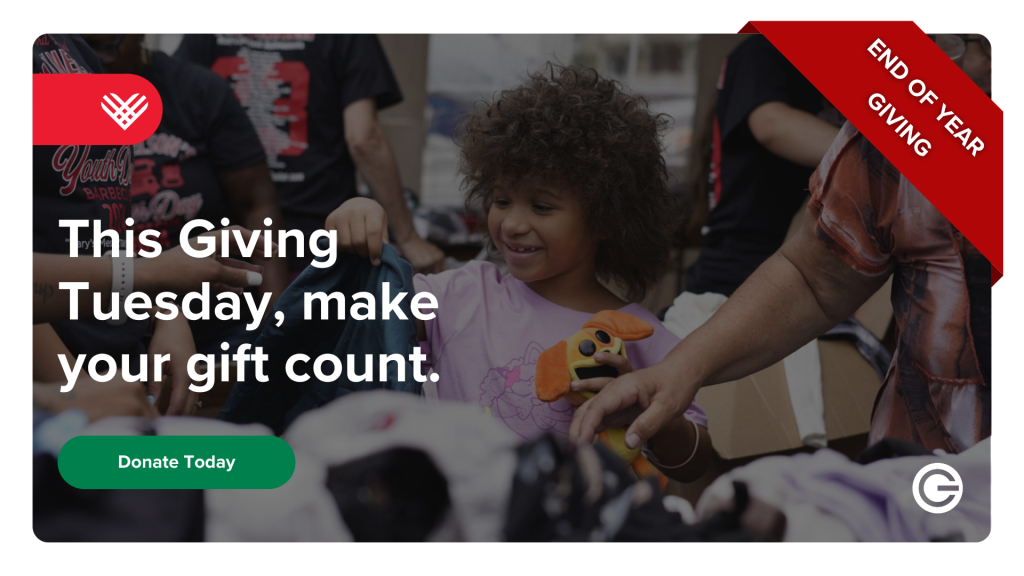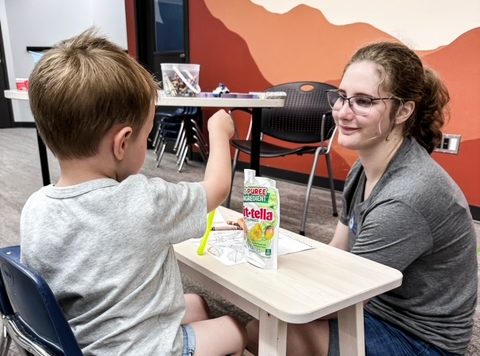Reverse logistics could be the next frontier of sustainability.
That was one of the big themes to come out of the 17th Annual Reverse Logistics Association Conference and Expo Las Vegas 2020, which was attended by Good360.
Reverse logistics is the industry’s term for customer returns, and describes the process of moving goods from their intended final destination back to the retailer, manufacturer or another location to be sorted, restocked, recycled, reused, donated or trashed. The typical customer has no idea how much work (and potential waste) is involved in processing returns.
For years, returns have been a necessary but painful reality of the retail business. Consumers simply expect to be able to send back products that they don’t want to keep. In the race to acquire customers, many retailers have promoted lenient return policies. That trend has accelerated exponentially in the era of e-commerce.
Based on current growth rates, U.S. customers will return a staggering $1 trillion in merchandise annually by 2027, the RLA estimates. While about 10% of items bought at brick-and-mortar stores are returned, that number is at least double for products purchased online — and even higher in some categories such as apparel. That’s because the bedroom is now the new dressing room, as consumers routinely buy multiple items in various sizes and return items that don’t fit.
However, retailers are increasingly focusing on ways to reduce not only the volume and cost of returns, but the expenditure of resources, environmental damage and waste that occurs when customers send products back. Rather than viewing their reverse logistics operations as a cost center, companies are coming up with innovative strategies to recapture value from used or returned items and extend the life of products.
In other words, what was once an afterthought for retailers and viewed as “the cost of doing business,” can now be a competitive advantage. A strategic approach to reverse logistics (reuse, refurbishment, recycling, etc.) can create cost savings, boost the bottom line and improve brand affinity.
Moreover, reverse logistics can and should be an integral part of a company’s goals to promote the circular economy and operate a zero-landfill business. For instance, if just a fraction of returns every year became a part of corporate donation programs, that would reduce the amount of returned products in landfills.
This is where Good360 can provide a simple solution for companies looking for ways to optimize their reverse supply chains. We have established a number of donation programs that allow corporations to divert customer returns to nonprofit partners, who in turn distribute them to people in need that they serve.
We have a network of more than 100,000 vetted nonprofits and charities that can put new and lightly used merchandise to good use, helping vulnerable communities across the country. We’ve also established many relationships with nonprofit organizations working specifically in disaster recovery. Our extensive network gives companies an easy way to rethink how to create value out of inventory that can’t be put back on shelves for one reason or another.
Companies are also exploring new innovations and trends in the secondary market. For example, the rise of subscription services such as Spotify and ride-sharing apps is spurring new models of product consumption. Instead of buying something outright, consumers may want to rent instead and cut down on unnecessary purchases, which would drive more sustainable practices.
But companies need to be open to these changing consumer demands.
“We need to fall in love with the customer problem instead of falling in love with our own solutions,” said Sharon Su, director of product management in charge of reverse logistics at Walmart-owned Sam’s Club, during a panel discussion on the secondary market.
As companies explore innovations in reverse logistics, they’re also running into one consistent problem: the lack of actionable data and analytics. Not all of the data is in the same place and on the same platforms. The reverse logistics industry needs to be more capable of mining the data to inform everything from automation of processes to developing predictive models on consumer behavior.
What we do know is that the threat of climate change is clearly driving consumer demand for products that have been created with sustainable practices in mind, from the very beginning to the very end of their life.








